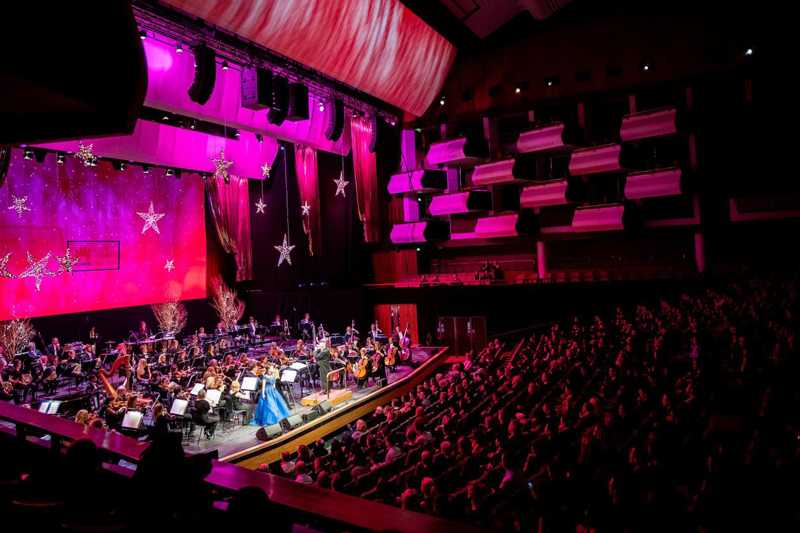L-ISA delivers for London Winter Concert
- Details

Although the Winter Concert is long-established in the RFH calendar, this year saw a completely new approach to audio production, with L-ISA Hyperreal Sound delivering an extra frisson to proceedings.
Reactor Group has been supplying production management, sound design and its implementation to the Winter Concert for the past three years and, as technical director for the event, Reactor’s Jim Pollard explains they wanted to improve on its previous two, highly successful years.
“At Reactor, we don’t like sticking with something because ‘it was fine last time’,” he says. “Internal discussions with Martin Dineley, Front of House engineer for the event, and Craig Harvey, L-Acoustic application engineer, convinced me that using L-ISA would offer an even more qualitative experience. What a great decision it was. Honestly, I was blown away and I’ve never heard quite so much positive feedback about audio on any show I’ve ever worked on.”
“This was my second year looking after the audio for the Winter Concert,” adds Dineley. “Last year, we used a standard stereo system and it worked really well, but at about the same time I was working on my first large-scale L-ISA event, the 46th UAE National Day in Abu Dhabi, so its capabilities were fresh in my mind. I had sat during rehearsals at the RFH last year thinking, ‘This would really lend itself to L-ISA, we could really improve it.’
“This year, I was able to put those ambitions into practice and it really changed things. Not only does it allow the vast majority of the audience to perceive wide and deep spatialized audio, L-ISA also completely changes your priorities and your expectations when you’re at the mixing console. The benefit, particularly for an orchestra, is its natural presentation and the fact that each instrument now has real space in the mix.”
A proscenium Scene system was designed in L-Acoustics 3D acoustical simulation programme, Soundvision, comprising five hangs of nine Kiva II supplemented by two hangs of two SB18s (one either side of the centre hang). Six X8 were mounted on the stage lip to provide front-fill, with the centre two X8 split either side of the conductor’s platform, whilst four X12 provided foldback for the soloists. All speakers were driven by LA12X amplified controllers and a DiGiCo SD7 console was used to mix the show, with each of its two engines having its own L-ISA processor.
With the RFH being a relatively narrow room, the configuration delivered realistic localisation of the audio and good coverage in all areas, with an L-ISA zone achieved for the majority of the audience.
(Jim Evans)
















